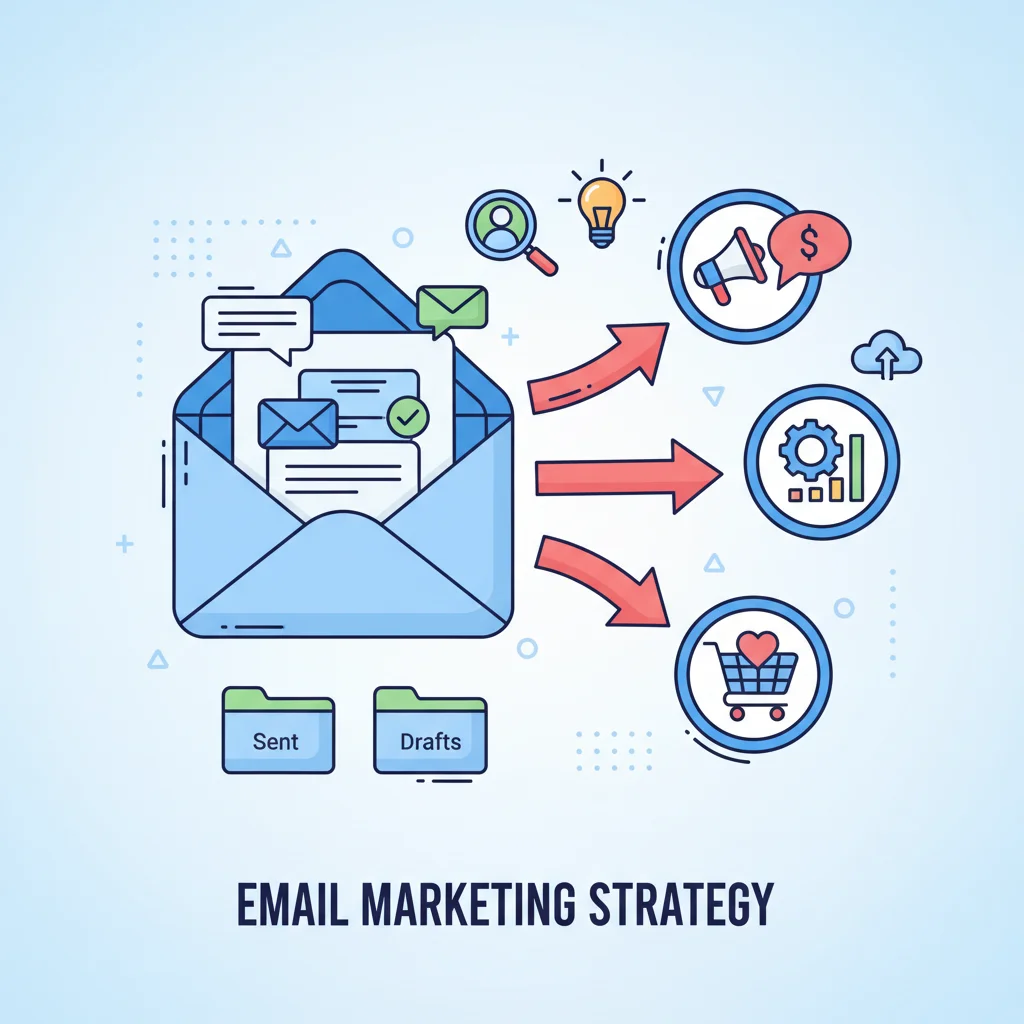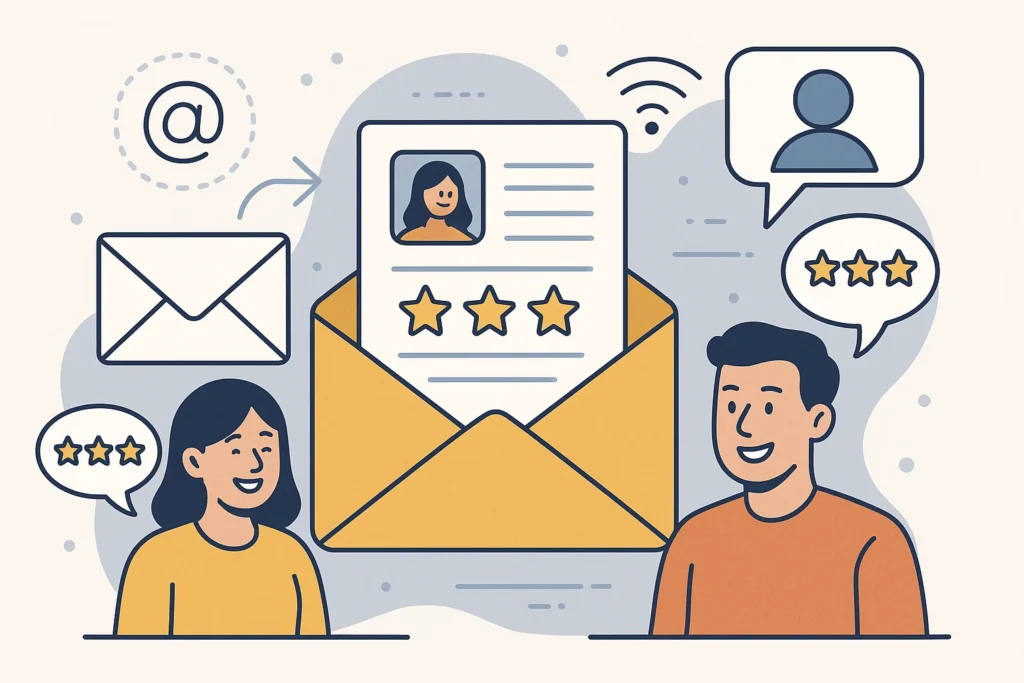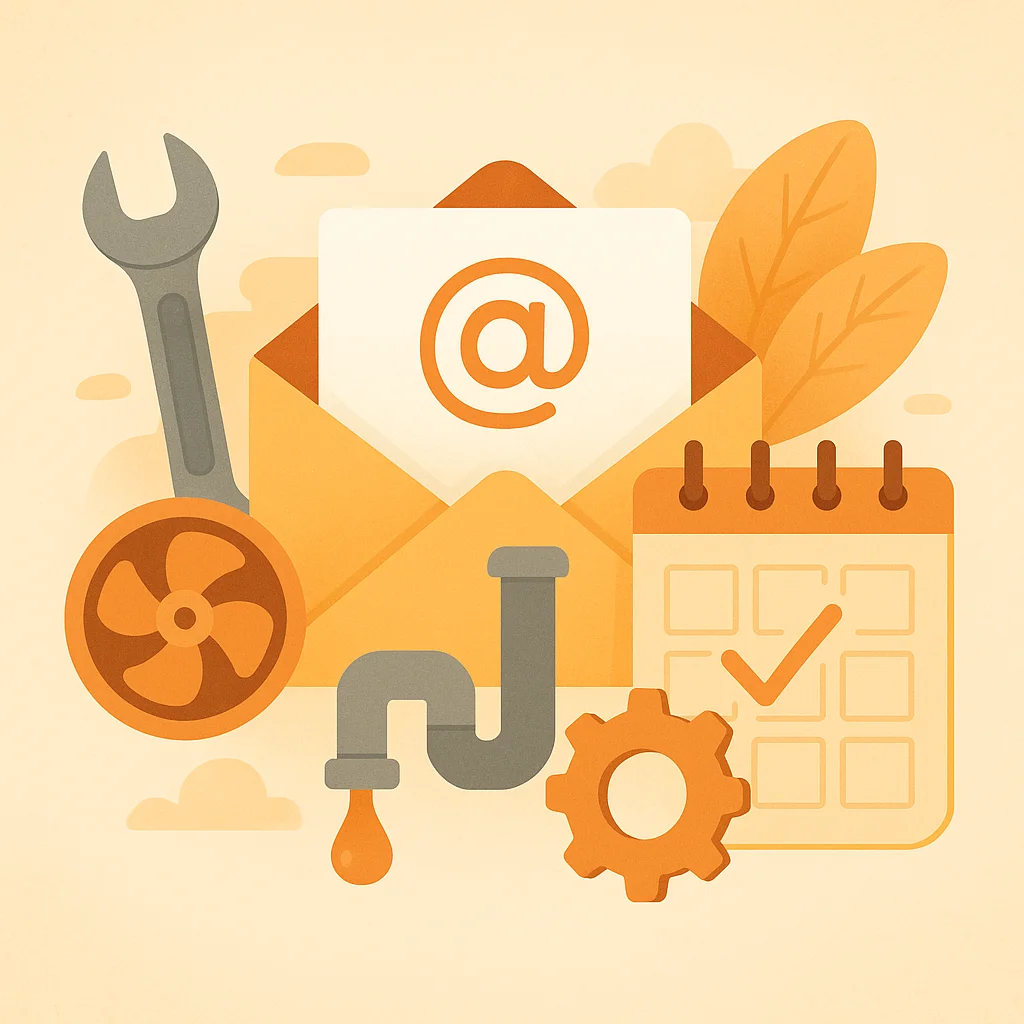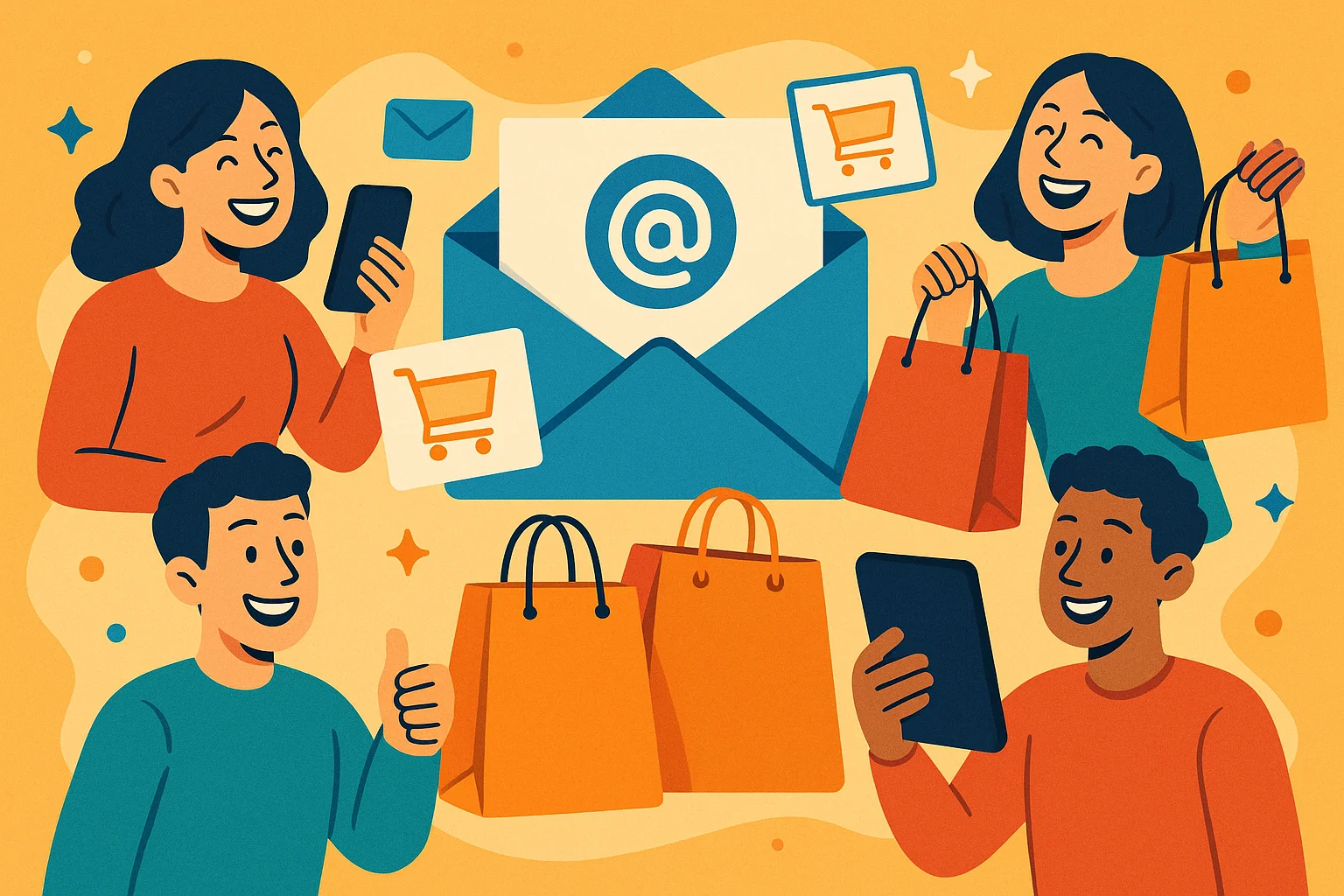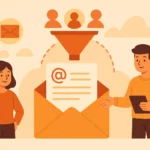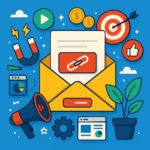Now Reading: How to Turn Email Marketing Into Your Best Feedback Collection Tool
-
01
How to Turn Email Marketing Into Your Best Feedback Collection Tool
How to Turn Email Marketing Into Your Best Feedback Collection Tool

Your inbox is probably flooded with feedback requests that feel like homework assignments. Nobody wants to fill out another boring survey, right? But here’s the thing – email marketing for customer feedback doesn’t have to be painful. When done right, it becomes a goldmine of insights that can transform your business. I’m gonna show you exactly how to make feedback collection feel effortless for your customers while getting the valuable data you desperately need.
Key Takeaways
How to use email marketing for customer feedback effectively:
- Personalize your approach – Use customer names, purchase history, and specific interactions to make emails feel relevant
- Keep it short and sweet – Limit surveys to 2-3 questions and mention the time commitment upfront (30 seconds to 2 minutes max)
- Add personality and humor – Make your emails feel human with casual language, memes, or light humor
- Offer clear value – Explain how their feedback will improve their experience or offer incentives like discounts
- Use compelling subject lines – Create curiosity with phrases like “Got a minute?” or “We’re listening!”
- Make feedback easy – Include direct links, one-click rating systems, or simple yes/no questions
- Time it right – Send feedback requests after positive interactions or completed purchases
- Follow up and close the loop – Show customers how you’ve acted on their feedback
Building Your Email Marketing For Customer Feedback Strategy
Start With The Right Mindset
Your feedback emails shouldn’t feel like you’re asking for a favor. They should feel like you’re offering customers a chance to shape something they care about. This mindset shift changes everything about how you write and structure your emails.
Timing Is Everything
Post-purchase feedback works best within 24-48 hours when the experience is fresh. Support interaction feedback should go out immediately after resolution. General experience surveys perform better when sent monthly or quarterly – not so often that they become annoying.
Segmentation Makes All The Difference
Not all customers are the same, so your email marketing for customer feedback shouldn’t treat them that way. Segment based on:
- Purchase history – New customers vs. loyal customers need different approaches
- Interaction type – Support tickets vs. regular purchases vs. returns
- Engagement level – Highly engaged customers can handle longer surveys
- Customer value – Your VIP customers deserve extra attention
Useful Articles:
Email Templates That Actually Get Responses
Template 1: The Quick Check-In
Subject: Got 30 seconds? Quick question about your recent order
Hi [Name],
Hope you're loving your new [product]!
I'm [Your name] from the [team name] team, and I've got a super quick question that'll help us make things even better for you.
On a scale of 1-5, how was your shopping experience?
[1] [2] [3] [4] [5]
That's it! But if you've got an extra minute and want to tell me more, just hit reply. I read every single response.
Thanks for being awesome,
[Your name]
P.S. - Seriously, even if it's just "meh" or "loved it," I want to know!Template 2: The Problem-Solver
Subject: Help me fix something that's bugging me
Hey [Name],
I've been losing sleep over something, and I need your help.
We're trying to make [specific process/feature] better, but I want to make sure we're fixing the right things.
Could you spare 2 minutes to tell me:
- What's working well?
- What's driving you crazy?
- What would make your life easier?
[Take the 2-minute survey]
Your feedback goes straight to me, and I promise we actually use it. Last month, customer suggestions led to [specific improvement].
Appreciate you,
[Your name]Template 3: The Gratitude Approach
Subject: Thank you (and one tiny favor?)
Hi [Name],
First off - thank you for choosing us for your [product/service] needs. It means the world to small businesses like ours.
I've got a tiny favor to ask. We're always trying to get better, and your opinion matters more than you probably realize.
Would you mind rating your experience? It takes literally 10 seconds:
😍 Loved it
😊 Pretty good
😐 It was okay
😕 Could be better
😞 Not great
Click any emoji above, and you're done! (Though if you want to tell me more, I'm all ears.)
Grateful for you,
[Your name]Template 4: The Honest Approach
Subject: Real talk - how did we do?
Hey [Name],
No corporate speak here - I just want to know how your experience with us really was.
The good, the bad, the "this could've been way better" - I want to hear it all.
[Share your honest feedback - 1 minute survey]
I'm not looking for glowing reviews (though those are nice too). I'm looking for the truth so we can actually improve.
Plus, everyone who completes the survey gets [incentive] as a thank you.
Keeping it real,
[Your name]Template 5: The Storytelling Approach
Subject: You helped us solve a mystery
Hi [Name],
Last week, three different customers mentioned the same issue with [specific feature]. It got me thinking - maybe this is bigger than I realized.
You recently used [product/service], so you're the perfect person to help me figure this out.
Could you take 90 seconds to tell me about your experience? Specifically:
- Did you run into any hiccups?
- What worked really well?
- What would you change?
[Help solve the mystery - quick survey]
Your insights help us fix things for everyone, and I'll personally make sure your feedback gets to the right people.
Detective work appreciated,
[Your name]Subject Lines That Make People Actually Open Your Emails
Your subject line is the gatekeeper to your entire email marketing for customer feedback strategy. Here are proven formulas that work:
Question-Based Subject Lines
- “Got a minute?”
- “Quick question about your order”
- “How was your experience with ?”
- “Can you help me improve something?”
Curiosity-Driven Subject Lines
- “This might surprise you”
- “Something’s been bugging me”
- “I need your honest opinion”
- “Help me solve a mystery”
Personal and Direct Subject Lines
- “Thank you (and one small favor)”
- “Real talk – how did we do?”
- “[Name], I value your opinion”
- “Your feedback needed”
Benefit-Focused Subject Lines
- “Get 20% off for 2 minutes of feedback”
- “Help improve and win [prize]”
- “Your input = better experience for everyone”
Useful Articles:
Making Feedback Collection Feel Effortless
The One-Click Method
Sometimes the best feedback comes from the simplest questions. Uber’s approach of asking “What’s your next destination?” with animated GIFs creates engagement while gathering useful data. You can apply this by:
- Using emoji reactions for quick sentiment
- Creating simple yes/no questions
- Offering rating scales with clear labels
- Making surveys mobile-friendly
The Progressive Approach
Start with one simple question, then offer the option to dive deeper. This respects people’s time while still capturing detailed insights from those willing to share more.
Visual Feedback Options
Text-heavy surveys feel like work. Visual options feel like interaction. Consider:
- Star ratings with hover descriptions
- Slider scales for satisfaction
- Image-based multiple choice
- Color-coded response options
Personalization That Actually Matters
Generic emails get generic results. Your email marketing for customer feedback needs to feel like it was written specifically for each recipient.
Beyond Just Names
Sure, using someone’s name helps, but real personalization goes deeper:
- Reference specific purchases – “How’s that blue sweater working out?”
- Mention interaction history – “Since you contacted support last week…”
- Acknowledge customer status – “As one of our longtime customers…”
- Reference location or preferences – “Hope you’re staying warm in Chicago”
Contextual Timing
Send feedback requests when they make sense:
- After delivery confirmation for product feedback
- Following support resolution for service feedback
- Post-event for experience feedback
- During renewal periods for relationship feedback
Useful Articles:
Creating Feedback Loops That Build Relationships
The real power of email marketing for customer feedback isn’t just collecting information – it’s showing customers that their voices matter.
The Follow-Up That Matters
When someone takes time to give you feedback, acknowledge it. Even a simple “Thanks for your feedback about [specific issue]. We’re working on it!” shows you’re listening.
Closing The Loop
This is where most businesses fail. They collect feedback but never tell customers what happened with it. Close the loop by:
- Sending updates when you implement suggestions
- Sharing how feedback influenced decisions
- Thanking customers for specific improvements they inspired
- Creating a feedback changelog customers can see
Building Community Through Feedback
Turn feedback collection into community building by:
- Sharing anonymous feedback insights with all customers
- Creating customer advisory groups from engaged respondents
- Highlighting customer suggestions in newsletters
- Making feedback contributors feel like partners
Advanced Strategies For Better Response Rates
The Incentive Balance
Incentives can boost response rates, but they can also attract low-quality responses. The sweet spot is offering something valuable but not so valuable that it becomes the main motivation.
Good incentives:
- Small discounts (10-15%)
- Entry into monthly drawings
- Early access to new features
- Exclusive content or tips
Avoid:
- Large cash rewards
- Expensive prizes
- Anything that makes the incentive more valuable than the feedback
A/B Testing Your Approach
Test different elements of your email marketing for customer feedback:
- Subject line variations – Questions vs. statements
- Email length – Short vs. detailed
- Tone – Formal vs. casual
- Timing – Different days and times
- Incentive types – Discounts vs. no incentive
Mobile Optimization
Most people check email on mobile, so your feedback collection needs to work perfectly on small screens. This means:
- Single-column layouts
- Large, tappable buttons
- Minimal scrolling required
- Fast-loading surveys
- Thumb-friendly design
Common Mistakes That Kill Response Rates
The Survey That Never Ends
Long surveys are feedback killers. If you can’t get the information you need in 2-3 questions, you’re asking too much at once. Break longer surveys into multiple touchpoints.
Generic Corporate Language
“We value your feedback” and “Your opinion matters to us” are corporate clichés that make people’s eyes glaze over. Talk like a human being instead.
Poor Timing
Sending feedback requests at the wrong time guarantees poor response rates:
- Don’t send immediately after a negative interaction
- Don’t send during busy seasons (holidays, tax time)
- Don’t send too frequently to the same customers
- Do send when the experience is fresh and positive
Making It Too Complicated
If customers need instructions to complete your feedback process, it’s too complicated. The best feedback collection feels intuitive and effortless.
Email marketing for customer feedback works best when it feels like a natural conversation between people who care about the same outcome – creating better experiences. Stop thinking like a business collecting data and start thinking like a friend asking for advice.


